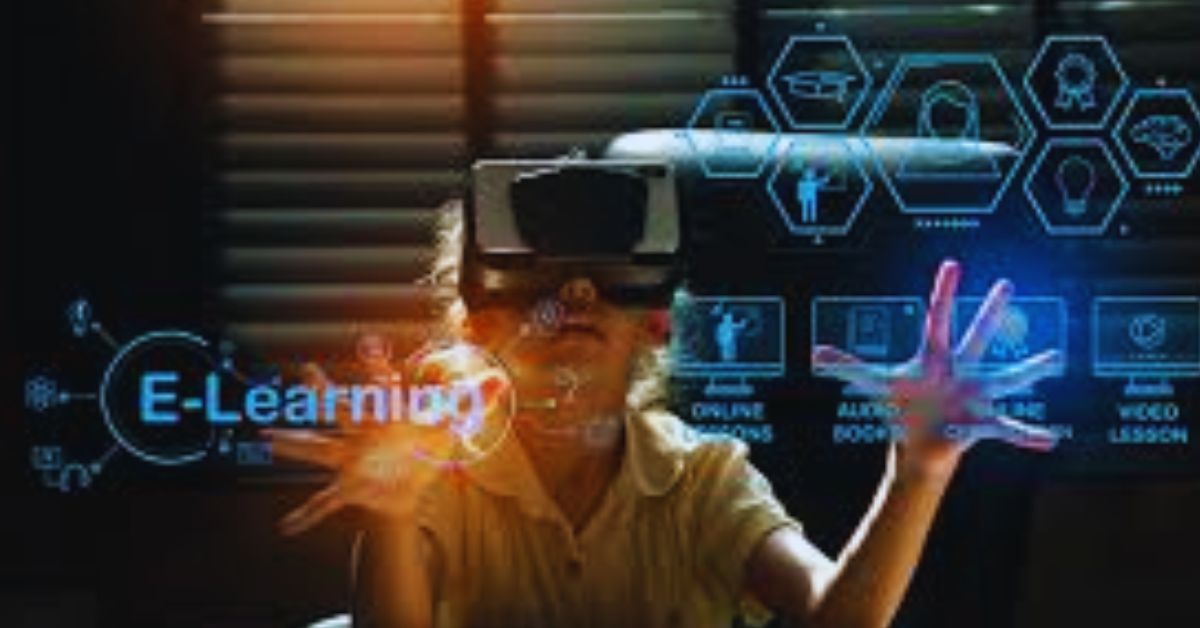Education technology (EdTech) is transforming the way students learn and teachers instruct. As technology advances, classrooms are evolving to be more interactive, personalized, and efficient. The future of EdTech holds exciting possibilities that will reshape education for generations to come. Below are the key trends shaping the classroom of tomorrow.
1. Artificial Intelligence (AI) in Education
AI is revolutionizing education by offering personalized learning experiences, automating administrative tasks, and providing intelligent tutoring systems. AI-driven platforms analyze student performance and adapt lessons to meet individual learning needs, making education more effective and accessible.
2. Virtual and Augmented Reality (VR/AR)
VR and AR bring immersive learning experiences that make complex subjects easier to understand. These technologies enable students to explore historical events, conduct virtual science experiments, and even practice real-world skills in a safe environment. The use of VR/AR enhances engagement and retention, making learning more interactive and fun.
3. Gamification of Learning
Gamification incorporates game elements like points, badges, and leaderboards into the learning process. This method increases motivation and engagement, especially for younger students. Educational games make learning more enjoyable and help students develop problem-solving and critical-thinking skills in an interactive manner.
4. Blockchain Technology for Secure Education Records
Blockchain ensures the security and authenticity of academic credentials. It allows for tamper-proof digital certificates, reducing fraud and simplifying the verification process for employers and institutions. This technology will make record-keeping more transparent and efficient.
5. Cloud-Based Learning Platforms
Cloud technology enables students and teachers to access learning materials anytime, anywhere. With cloud-based platforms, educational resources are no longer confined to physical locations, allowing for more flexible and collaborative learning experiences. This also reduces the dependency on printed materials, making education more sustainable.
6. Internet of Things (IoT) in Smart Classrooms
IoT devices, such as smartboards, connected projectors, and wearable tech, are creating more interactive and efficient learning environments. These tools help teachers track student progress in real time and customize lessons to enhance learning outcomes.
7. Adaptive Learning and Data Analytics
Data-driven education allows educators to track student progress and tailor instruction to meet individual needs. Adaptive learning platforms use data analytics to identify strengths and weaknesses, ensuring a more personalized and effective learning experience.
8. Remote and Hybrid Learning Models
The shift toward online and hybrid learning models has accelerated in recent years. With high-speed internet and digital collaboration tools, students can now access quality education from anywhere in the world. This trend is particularly beneficial for those in remote areas and those who require flexible learning schedules.
9. Robotics and Automation in Learning
Robots and automation tools are being used to teach subjects like coding, mathematics, and engineering. Robotics kits and AI tutors make STEM (Science, Technology, Engineering, and Mathematics) education more engaging and hands-on, preparing students for future careers in tech-driven industries.
10. Personalized Learning Experiences
With the help of AI, IoT, and data analytics, education is becoming more tailored to individual learning styles and preferences. Personalized learning ensures that students receive education at their own pace, maximizing their potential and improving overall academic performance.
Conclusion
The future of EdTech is promising, with technology making education more accessible, engaging, and efficient. From AI-driven personalized learning to VR-powered immersive experiences, these innovations are shaping the classrooms of tomorrow. As schools and institutions continue to embrace these advancements, students worldwide will benefit from a more dynamic and inclusive education system.
